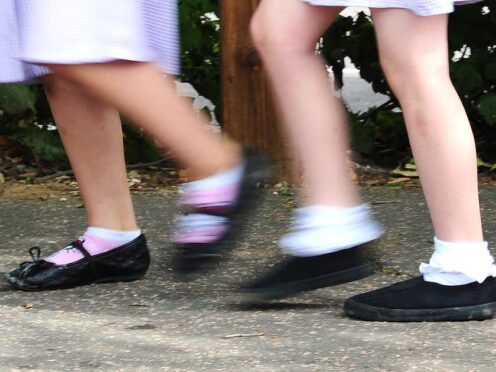The number of children who are in care in Scotland has reached its lowest level for almost two decades, new figures showed.
Scottish Government statistics revealed that as of July 31 2023, there were 12,206 who were being looked after by a local authority.
This total is down by 2% on the previous year, and by almost a quarter (24%) since 2013 – when the total was 16,032.
Commenting on the 2023 total, the Scottish Government report noted: “This is the lowest this figure has been since 2006.”
According to the figures, there were 3,004 children who were taken into care in 2022-23 – with this down 1% from the previous year and 33% lower since 2012-13, when the total was 4,470.
Youngsters can be placed into the care of their local authority for a variety of reasons, including facing abuse or neglect at home, having disabilities that leave them requiring special care, or having become involved in the youth justice system.
Of the 12,206 youngsters in care at the end of July last year, the figures showed 20% continued be at home with their parents, while just over a third (34%) were being cared for by a friend or relative, in a kinship care arrangement.
Just over one in five (22%) youngsters in care were in foster care, the figures showed, with 11% being looked after in residential accommodation settings.
Of those children taken into care in 2022-23, 55% were boys, while 45% were girls.
The data also showed 15% were taken into care before their first birth birthday, with 17% being taken into care between the ages of one and four. A further 28% were taken into care when they were aged between five and 11 years old, with 30% aged between 12 and 15 and 9% aged 16 to 17.
Natalie Don, minister for Keeping the Promise, a commitment made by the Government to children in care, said: “The Scottish Government is fully committed to Keeping the Promise and these statistics show clear progress is being made.
“We know that statistics cannot be viewed in isolation and we will use these figures to guide our understanding of where progress is being made, and what areas warrant further attention.
“The shift towards preventative spending through the Whole Family Wellbeing funding is helping families to stay together, and ultimately, where it is safe to so do, preventing children from needing to become looked after in the first place.”
